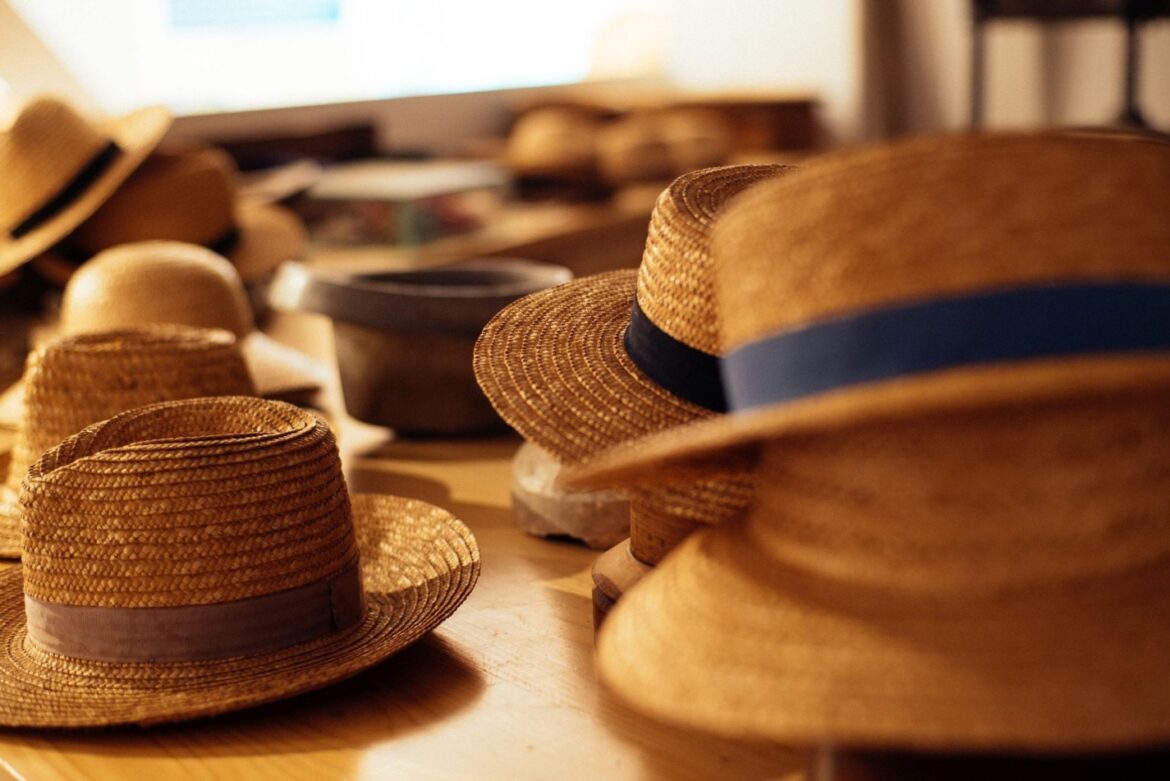Winter is the time to cover up. As per experts at Forbes, frigid temperatures necessitate protecting ourselves from extreme weather conditions. It is time to take out your heavy coats, woolen trousers, snow boots, thermal wear, gloves, and woolen socks. However, winter dressing is incomplete without a perfect hat to protect your ears and head. Winter is the time to flaunt your felt dress hats, Kromer hats, woolen beanies, and many others.
Straw hats, on the contrary, are popular during the summer months because they comprise breathable straws. Straw hats are packed away during the winter months. They are taken out with the arrival of the summer season to flaunt them and protect your skin and head from the scorching heat of the sun. Straw hats often lose their shape and become squashed sitting in your wardrobe. You do not have to spend any money or go to an expert or professional hatter to restore your squashed hat. Remember that reshaping or restoring a hat could be a cakewalk for you.
What Are Straw Hats Made of?
It is critical to understand the construction and structure of a straw hat while thinking of restoring its shape. Straw hats are manufactured from different kinds of straw from synthetics like PP or plants. Straw hats are available in Toquilla straws, Toyo straws, raffia, and braided hemp. Even though hats are available in different textures and shapes, the style of weaving and the materials used are the chief factors that influence your decision to buy the hat. Let us explore some popular straws used by hat makers to give your hats a distinct and unique flavor.
Some Types of Straws for Hat Making
Toquilla Straw: The Toquilla straw is the most durable and flexible straw fiber and best for making hats in Ecuador. Panama hats are popular and made of Toquilla straw. The finesse, the tightness of the weave, and the total amount of time devoted towards completing a hat help to determine the quality of the straw top hat.
Toyo Straw: The Toyo straw hats are manufactured from vibrant and colorful rice-paper yarns straight from Japan. These are usually finished using a plastic glaze. Toyo straw hats are very smooth to touch and feel. They get transformed to a glossy golden copper or viscose white when the hat is finished. The Toyo straw hats are light to wear and soft to touch. Toyo hats are essentially machine-made. They are available at medium to low prices. Toyo hats are best for fashionable people looking for stunning hats at affordable prices.
Raffia Straws: The long needle-like leaves are peeled from the Raffia Palm to make Raffia straws for manufacturing recyclable and organic hats. Raffia hats are best for wearing at the beach for perfect sun protection. They are flexible and durable, thanks to their fibrous nature.
Shantung Straws: The Shantung straws are today synonymous with a special kind of paper fiber originating from China. They are crafted from a machine-woven flat sheet that is blocked into their hat shapes.
Seagrass Straws: Seagrass straws are manufactured from different types of Seagrass present all along the shallow coastal areas. Seagrass straws go through a process of glazing and stiffening to get a dark yellow shade. Seagrass hats are often available in their natural green hue.
Can You Reshape Straw Hats?
Crushed straw hats can easily be reshaped and restored to their pristine condition and original glory with the help of a few expert care tips. The easiest, most common and apt method of bringing your straw hats back to their original shape is through steaming.
Some steps to revive and restore your crushed straw hat.
- Heat some water in a tea kettle. A tea kettle helps the steam in penetrating and softening the straw.
- With the help of simple kitchen tongs, hold your hat strategically in place. Ensure that the misshapen brim of your hat is exposed to the steam. When the straw fibers are steamed they will get softened and loosened, facilitating you to restore the hat to its original shape.
- While steaming the hat, hold it firmly. Please do not overexpose the hat to the steam. Maintain a minimum distance of six to eight inches from the steam. Do not heat it for an extended period as overheating may damage or even melt the fibers.
- Pop-out the bents and remove the creases around the brim. Start steaming the hat, section by section. Use your hands to smoothen and restore the hat to its original shape.
- Start steaming the inner crown of the straw hat. Use a spoon to remove all the creases from the crown.
- The hat becomes supple and soft due to the exposure to the steam. Start stuffing the inner crown with a folded towel that fits snuggly. Meanwhile, the brim should stay flat on whatever surface you are using.
- If you observe any more creases, spray water and use your fingers for molding the hat.
- Keep your hat in a cool and dry place but away from sunlight. Allow the hat to dry out to bounce back to its original shape.
Conclusion
The summer outings and fun are incomplete without a straw hat. It is not possible to buy a new hat every summer. Use the tips discussed above to restore your bent, shrunk, or crushed straw hat from last summer season to give it vitality and a fresh new lease of life.




